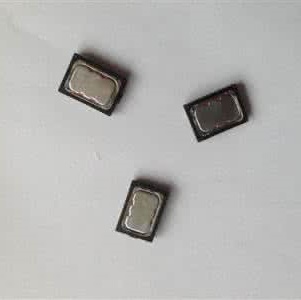Automated Audio Captioning (AAC) aims to generate natural textual descriptions for input audio signals. Recent progress in audio pre-trained models and large language models (LLMs) has significantly enhanced audio understanding and textual reasoning capabilities, making improvements in AAC possible. In this paper, we propose SLAM-AAC to further enhance AAC with paraphrasing augmentation and CLAP-Refine through LLMs. Our approach uses the self-supervised EAT model to extract fine-grained audio representations, which are then aligned with textual embeddings via lightweight linear layers. The caption generation LLM is efficiently fine-tuned using the LoRA adapter. Drawing inspiration from the back-translation method in machine translation, we implement paraphrasing augmentation to expand the Clotho dataset during pre-training. This strategy helps alleviate the limitation of scarce audio-text pairs and generates more diverse captions from a small set of audio clips. During inference, we introduce the plug-and-play CLAP-Refine strategy to fully exploit multiple decoding outputs, akin to the n-best rescoring strategy in speech recognition. Using the CLAP model for audio-text similarity calculation, we could select the textual descriptions generated by multiple searching beams that best match the input audio. Experimental results show that SLAM-AAC achieves state-of-the-art performance on Clotho V2 and AudioCaps, surpassing previous mainstream models.
翻译:暂无翻译





